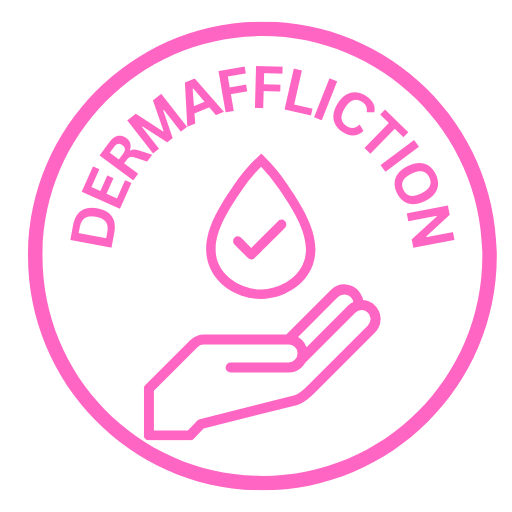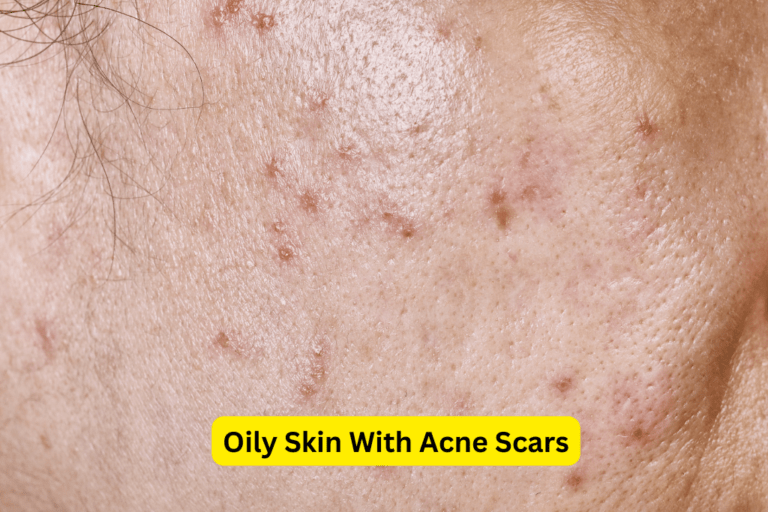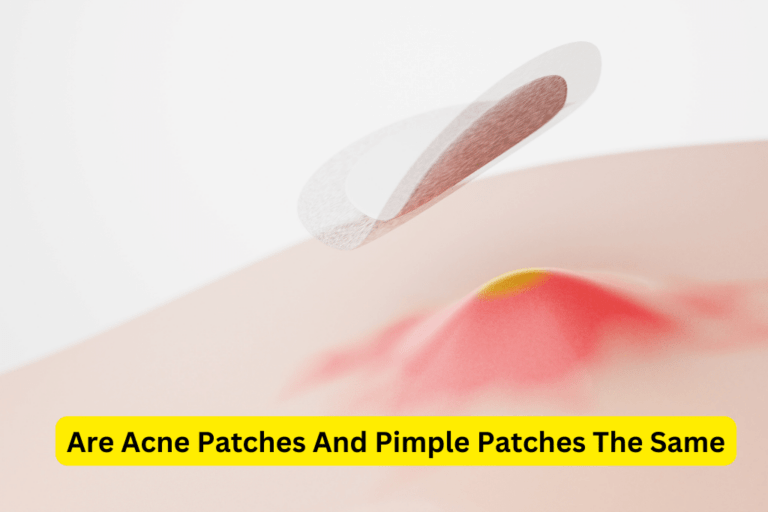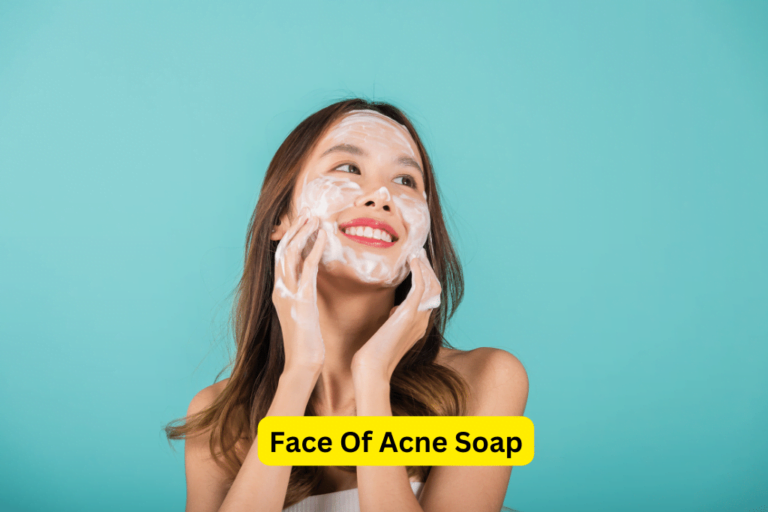Understanding Hormonal Acne: Origins and Effective Treatments
Where Does Hormonal Acne Start
Hormonal acne is a common skin condition that affects individuals of all ages and genders. It is characterized by breakouts that occur in specific areas of the face, such as the jawline, chin, and neck. Hormonal acne can have a significant impact on the lives of those who experience it, causing physical discomfort and emotional distress. To effectively manage and prevent hormonal acne, it is crucial to understand where it starts and how it develops.
I. Understanding Hormonal Acne
A. Definition and causes of hormonal acne
Hormonal acne is a type of acne that is primarily influenced by hormonal imbalances within the body. Hormones play a crucial role in regulating the sebaceous (oil) glands, which can cause acne when they become overactive. Common causes of hormonal acne include:
- Increased androgen levels
- Fluctuations in estrogen and progesterone
- Genetic factors and family history
B. Identifying the Signs of Hormonal Acne
Hormonal acne can be identified by certain characteristics and patterns. Some common signs of hormonal acne include:
- Persistent acne along the jawline, chin, and neck
- Large, painful cystic acne lesions
- Increased oiliness or greasiness of the skin
- Acne flare-ups during specific times, such as before or during menstruation
II. The Biological Pathway of Hormonal Acne
A. Examining the Role of Androgens
Androgens, such as testosterone, are a group of hormones that have a significant impact on acne development. They stimulate the sebaceous glands to produce excess oil, leading to clogged pores and inflammation. Increased androgen levels can contribute to hormonal acne in both males and females.
B. Understanding the Role of Estrogen and Progesterone
Estrogen and progesterone are female sex hormones that play a crucial role in maintaining hormonal balance. Fluctuations in estrogen and progesterone levels, especially during the menstrual cycle, can influence the severity of hormonal acne. These hormones interact with androgens, either amplifying or mitigating their effects on the skin.
III. Common Triggers and Factors Contributing to Hormonal Acne
A. Menstrual Cycle and Hormonal Fluctuations
For individuals who menstruate, hormonal acne can be influenced by the different phases of the menstrual cycle. The increase in estrogen and progesterone levels during the luteal phase, which occurs before menstruation, can trigger acne breakouts. Understanding these hormonal fluctuations can help individuals manage their acne during specific times of the cycle.
B. Lifestyle and Environmental Factors
Aside from hormonal fluctuations, various lifestyle and environmental factors can contribute to hormonal acne development. Factors such as stress, diet, sleep patterns, and exposure to pollutants can disrupt hormonal balance and worsen acne symptoms. Making positive changes in these areas can have a significant impact on managing hormonal acne.
IV. Treatment Options for Hormonal Acne
A. Topical Treatments
Topical treatments are a common approach to managing hormonal acne. They can help reduce inflammation, control oil production, and unclog pores. Some effective ingredients found in topical treatments for hormonal acne include salicylic acid, benzoyl peroxide, and retinoids. It is important to incorporate these treatments into a consistent skincare routine for best results.
B. Oral Medications and Hormonal Therapies
In more severe cases of hormonal acne, oral medications and hormonal therapies may be prescribed. Oral contraceptives, spironolactone, and isotretinoin are common medications used to manage hormonal acne. It is essential to consult with a healthcare professional to determine the most suitable treatment option based on individual needs and potential side effects.
V. Natural Remedies and Lifestyle Changes
A. Explore Natural Remedies for Hormonal Acne
In addition to conventional treatments, natural remedies can also be incorporated into a skincare routine to help manage hormonal acne. Some effective natural remedies include tea tree oil, green tea extract, and aloe vera. However, it is important to note that natural remedies may not work for everyone and it is essential to seek advice from a healthcare professional before use.
B. Highlight the Importance of Lifestyle Changes
Maintaining a healthy lifestyle can have a significant impact on hormonal balance and acne prevention. Simple lifestyle changes such as managing stress, following a balanced diet, and adopting a consistent skincare routine can help manage hormonal acne. Regular exercise and practicing stress-reduction techniques, such as meditation or yoga, can also contribute to overall hormonal balance.
VI. Preventing Hormonal Acne
A. Proper Skincare Routine
Establishing a proper skincare routine is crucial for preventing hormonal acne. This involves using suitable skincare products for acne-prone skin, such as non-comedogenic cleansers, exfoliants, and moisturizers. Consistent cleansing, exfoliating, and moisturizing can help keep the skin clean, clear, and balanced.
B. Hormonal Balance and Lifestyle Habits
Maintaining hormonal balance through lifestyle habits is essential in preventing hormonal acne. This involves adopting a healthy diet rich in whole foods, engaging in regular physical activity, managing stress levels, and prioritizing adequate sleep. Making these changes can contribute to overall hormonal balance and minimize the occurrence of acne breakouts.
Conclusion
Hormonal acne can be a challenging skin condition to manage, but understanding its origins and implementing effective treatments and preventive strategies can make a significant difference. By recognizing the role of hormones, identifying triggers, and adopting healthy lifestyle habits, individuals can take control of their hormonal acne and improve their overall skin health and well-being.









